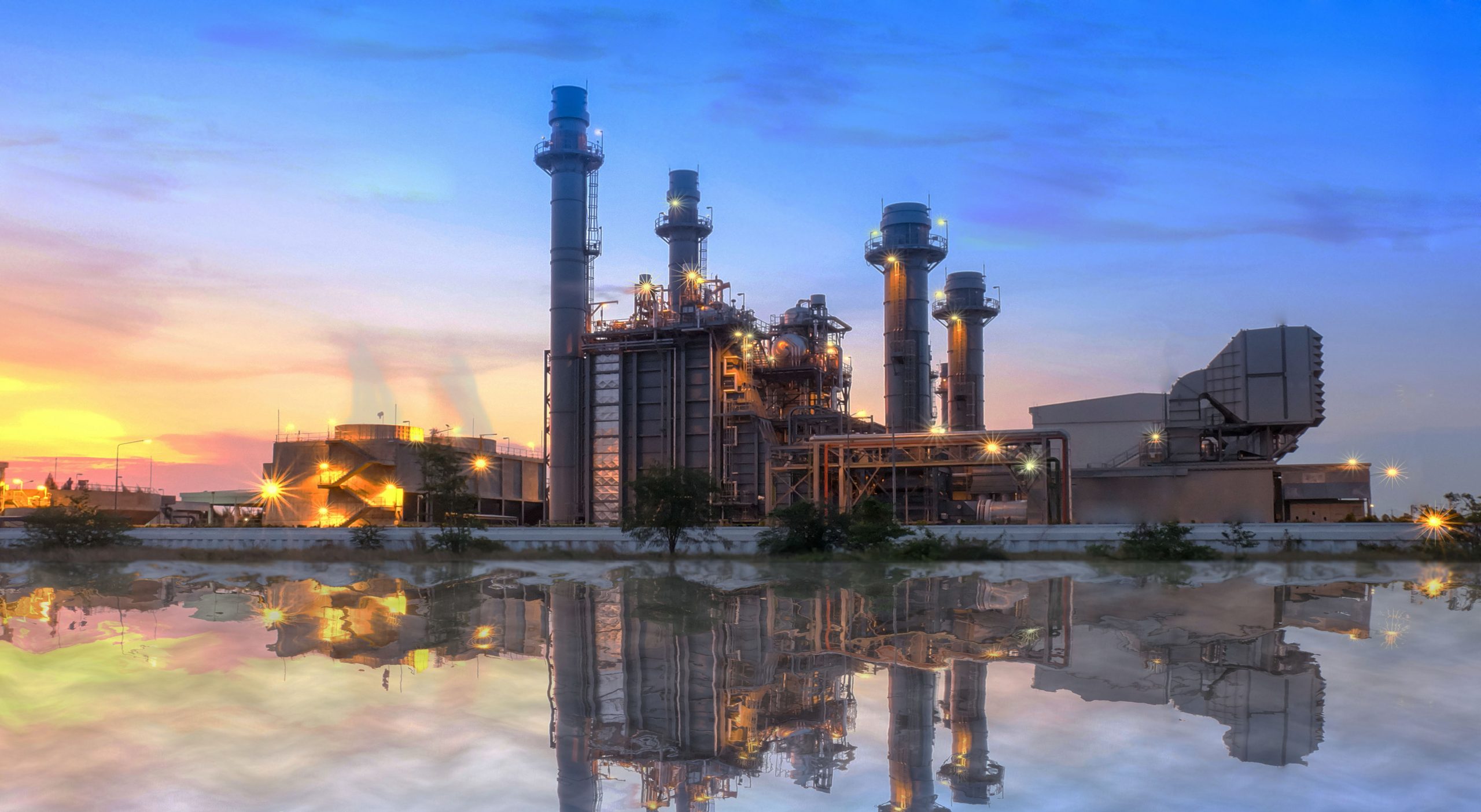Wet FGD
Our installations include in excess of 200 WFGD systems in 25 countries, with units firing coal, oil, waste tires, and heavy residuals containing up to 7% sulfur. By offering Open Spray Towers, MET installations experience greater reliability by minimizing pressure drop caused by scaling or plugging on internal surfaces. MET offers multiple technologies to remove SO2 from flue gas, including Limestone, Ammonium Sulfate, Lime, and Sodium Hydroxide. We also offer engineering studies and upgrades on existing units, no matter the OEM.
WFGD Technologies
MET WFGD Technologies
MET offers our patented ALRD™ Technology with most WFGD installations. This commercially demonstrated device abates flue gas sneakage and re-entrains slurry – ultimately increasing liquid to gas contact and SO2 removal efficiency by eliminating uneven spray density. By positioning ALRDs below selected spray levels, flue gas sneakage and any wall-clinging slurry is redirected into the spray zones, dramatically improving SO2 removal performance.
We’ll be happy to discuss your system and tailor a solution that is right for you.
MET Engineering Studies and Upgrades
Our team of WFGD experts can evaluate your current system, no matter the OEM, and provide on-site engineering and analysis in addition to cost effective solutions to improve plant operations, including:
- Improve SO2 removal efficiencies
- Allow operation with higher sulfur coals
- Reduce power consumption
- Remove packing or trays
- Convert to forced oxidation
- Change reagent preparation and dewatering systems
- Eliminate bypass
- System improvements
- Convert systems to alternative reagents
- Equipment / system reliability improvements
- Reduction in operating and maintenance costs
We also offer in-house laboratory capabilities and analysis to help determine and correct issues, including:
- Weight Percent Solids determination for Slurry Sample
- Weight Percent Solids determination for Filter Cake
- Calcium Carbonate analysis
- Calcium Sulfite hemihydrate analysis
- Acid insoluble
- Calcium Sulfate Dihydrate
- Calcium Ion
- Total Calcium Ion
- Magnesium Ion
- Sulfate Ion
- Chloride Ion
- Sulfite Ion
- Chloride Ion in Solids
- pH of Gypsum solids
- Acidity in fertilizer
- Limestone Reactivity Test
- Limestone and Gypsum particle sizing
- Ammonium Sulfate determinations
Other FGD analysis can be completed upon request.
Need more information? Contact us.
- Contact form
- Downloads

Our latest posts on LinkedIn
LinkedIn